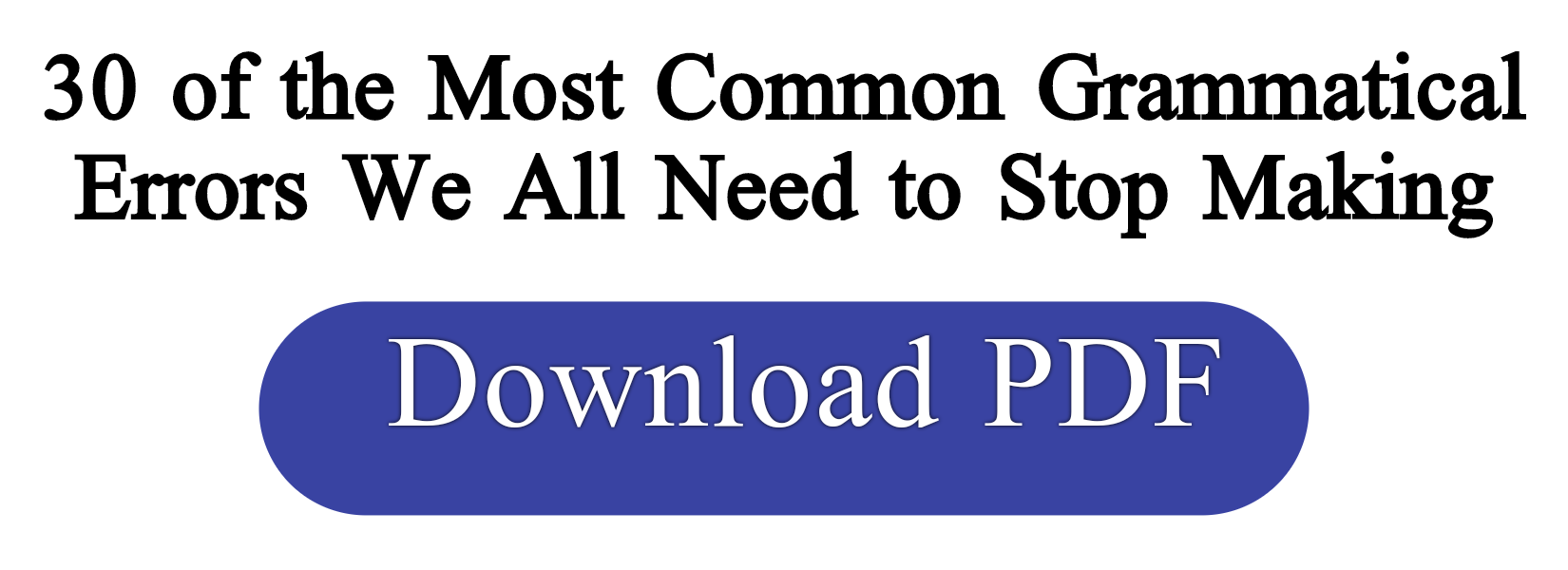The dash , written as — (em dash, used close up to text) or – (en dash, with a space on either side), takes the form of a short
line, resembling an extended hyphen (-).
The dash indicates a short break in the continuity of a sentence or it is used
to extend a sentence. It often serves the same purpose as brackets except that it is usually considered to be much less
formal. The dash fulfils various
functions, as explained below.
The dash can be used to
emphasize a word or phrase, as in:
They parted company
then—forever.
The dash can also be used to
add a remark to the end of a sentence, as in:
They had no money at the end of the month—a regular state of affairs
with this extravagant couple.
The dash can also be used to introduce a statement that adds to or
explains what has been said, as in:
The burglar took everything of value—paintings, jewellery, silverware
and several thousand pounds in money.
The dash can also be used as a linking device to sum up what has gone
before, as in:
Famine, drought, disease—these are the seemingly insuperable problems
that the villagers are facing.
The dash can also be used to
introduce an afterthought, as in:
You can come with me if you
like—I’d appreciate your company.
The dash can also be used to
introduce a sharp change of subject, as in:
I’ll be with you in a
minute—what was that noise?
The dash
can also be used to introduce some kind of balance in a sentence, as in:
It’s going to take at least three of you to get this heavy table out of
here—one at each end to carry it and one to hold the door open.
The dash is sometimes found as part of a pair. A pair of dashes can act
in a similar way to a pair of round brackets (see 1). They can be used to indicate a break in
continuity in a sentence, as in:
We prayed—prayed as we had
never done before—that the children would be safe.
and (showing a spaced en dash)
We came to the conclusion –
after due consideration – that we had done the wrong thing.

NB: Don’t
forget
When using a pair of dashes
as a substitute for a pair of brackets do not forget to include the second
dash. Its omission is a common fault.
The dash is also used to
indicate a hesitation in speech, as in:
I don’t think—well—maybe—you
could be right.
The dash
can also be used to indicate the omission of part of a word or name, as in:
The witness, who is being
referred to by police simply as Mrs D—, has not yet come forward
It’s none of your d— business.
In this last sentence d— is short for damned as
a way of not writing a swear word in full. The asterisk is
often used in this way.
The en
dash can also be used as a replacement for the word to, as a connection between points in time or places, as in:
1850–1900 and
London–Paris.

NB:
Dashes—don’t overuse
Be careful not to
overuse the dash, especially in more formal pieces of writing. It is tempting
to do so when another thought occurs to you as you write, but you can end up with
rather an unattractive page peppered with these.








